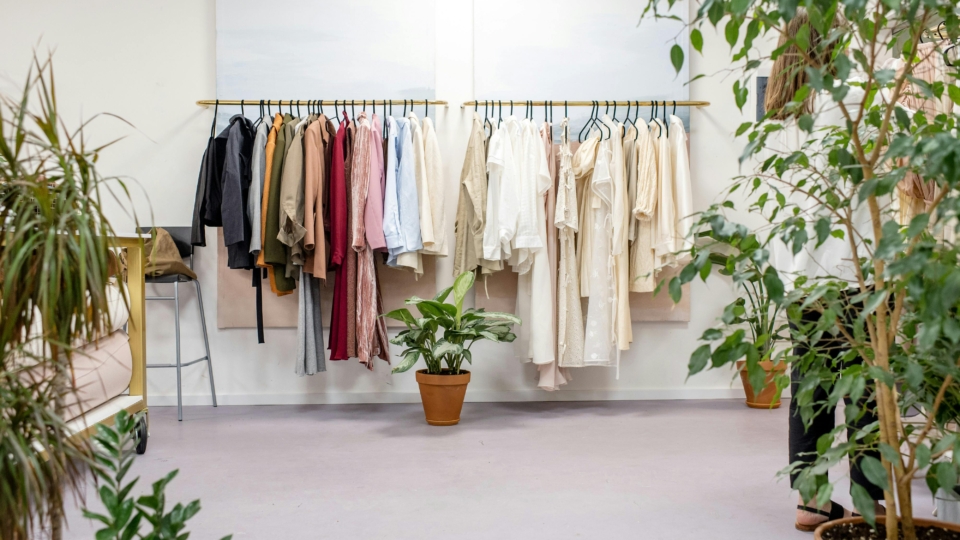
How to Build a Sustainable Wardrobe
Creating a sustainable wardrobe is about more than reducing clutter—it’s a commitment to ethical choices, environmental care, and mindful living. This guide breaks down how to transform your closet into a conscious, purposeful space filled with clothing that reflects your values.
1. Understand What a Sustainable Wardrobe Means
Sustainability in fashion includes clothing that is eco-friendly, ethically produced, durable, and versatile. Choose items made with care for people and the planet.
2. Audit Your Current Wardrobe
Lay out your clothing and evaluate what you wear. Sort into categories: keep, donate, repair, recycle. This builds awareness and avoids wasteful habits.
3. Define Your Personal Style
Narrow your preferences in colors, silhouettes, and fabrics. Create a mood board and choose pieces that reflect your authentic taste for easier mix-and-match.
4. Research Ethical and Sustainable Brands
Seek transparency. Look for certifications like Fair Trade or GOTS. Read sustainability reports and avoid brands that greenwash without proof of ethical practices.
5. Prioritize Natural and Recycled Materials
Opt for organic cotton, hemp, linen, Tencel, or recycled fabrics. These materials lower environmental impact and reduce chemical usage.
6. Build a Foundation with Timeless Basics
Select wardrobe staples that never go out of style. Choose neutral, flexible pieces like tees, jackets, and dresses that serve multiple purposes.
7. Buy Less, Choose Well
Shift from quantity to quality. Use the cost-per-wear principle to invest in pieces that last and fit seamlessly into your lifestyle.
8. Explore Secondhand and Vintage Options
Shop at thrift stores or online resale platforms. It’s an eco-conscious way to expand your wardrobe without contributing to new production.
9. Repair, Alter, and Maintain Your Clothes
Extend garment life through mending, tailoring, and proper care. Wash cold, air dry, and store wisely to prevent wear.
10. Try a Capsule Wardrobe
Limit your wardrobe to 30–40 versatile pieces that work together. Seasonal rotations keep it fresh without unnecessary buying.
11. Support Local and Artisanal Fashion
Shop small, local, and handmade. These brands often practice better labor ethics and have a lower carbon footprint.
12. Avoid Microtrends and Fast Fashion
Resist the urge to chase trends. Focus on lasting styles that align with your personal aesthetic and reduce waste.
13. Mindfully Dispose of Clothing
Donate, recycle, or repurpose garments instead of throwing them away. Participate in textile take-back or donation programs.
14. Stay Educated on Sustainable Fashion
Keep learning through blogs, podcasts, and social accounts. Knowledge helps you make empowered, responsible decisions.
15. Share and Inspire Others
Talk about your journey. Recommend ethical brands, swap clothes with friends, or host educational events to encourage collective change.
16. Revisit and Refine Regularly
Sustainable fashion is ongoing. Review your wardrobe seasonally, let go of items that no longer serve you, and replace them with care.
Conclusion
A sustainable wardrobe isn’t built overnight—but with consistent choices and awareness, you’ll develop a closet that reflects both your style and values. Every step you take helps move fashion toward a more responsible and regenerative future.














Leave a Reply